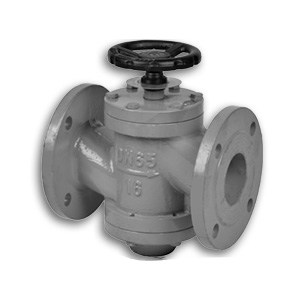
Dynamic balancing valve
Valve size: NPS1 ~ NPS10 DN25 ~ DN250
Pressure rating: 150LB, PN16 ~ PN25
Material: Ductile iron, carbon steel
Design and manufacturing standards: GB/T 28636, ASME B16. 34
Flange end standard: ASME B16.5, ASME B16.47, EN 1092, GOST 12815, GB/T 9113
Stress test standards: GB/T 13927, 598, BS EN 12266 -1
Quality / Product Certification: ISO 9001, PED 2014/68/EU, EAC, ATEX and OSHAS 18001
Valve Actuator Options: Handwheel, Electric Actuator
Specification
Valve size: NPS1 ~ NPS10 DN25 ~ DN250
Pressure rating: 150LB, PN16 ~ PN25
Material: Ductile iron, carbon steel
Design and manufacturing standards: GB/T 28636, ASME B16. 34
Flange end standard: ASME B16.5, ASME B16.47, EN 1092, GOST 12815, GB/T 9113
Stress test standards: GB/T 13927, 598, BS EN 12266 -1
Quality / Product Certification: ISO 9001, PED 2014/68/EU, EAC, ATEX and OSHAS 18001
Valve Actuator Options: Handwheel, Electric Actuator
Characteristics
1. The system flow can be automatically balanced at the required set value;
2. It can automatically eliminate the hydraulic imbalance caused by various factors in the water system, maintain the flow required by the user, overcome the “uneven heating and cooling”, and improve the room temperature pass rate of heating and air conditioning;
3. It can effectively overcome the bad operation mode of “large flow and small temperature difference”, improve system energy efficiency and realize economic operation.
4. It has excellent electric adjustment function: The electric adjustment function means that the valve can automatically adjust the opening degree of the valve according to the change of the temperature control signal of the target area, thereby changing the water flow rate, and finally making the actual temperature of the target area consistent with the set temperature.
5. With dynamic balance function: Dynamic balance function means that when the electric control valve is adjusted to a certain opening according to the change of the end equipment load, the valve can dynamically balance the resistance of the system regardless of the system pressure, so that the flow rate is not It is kept constant by the influence of system pressure fluctuations.























